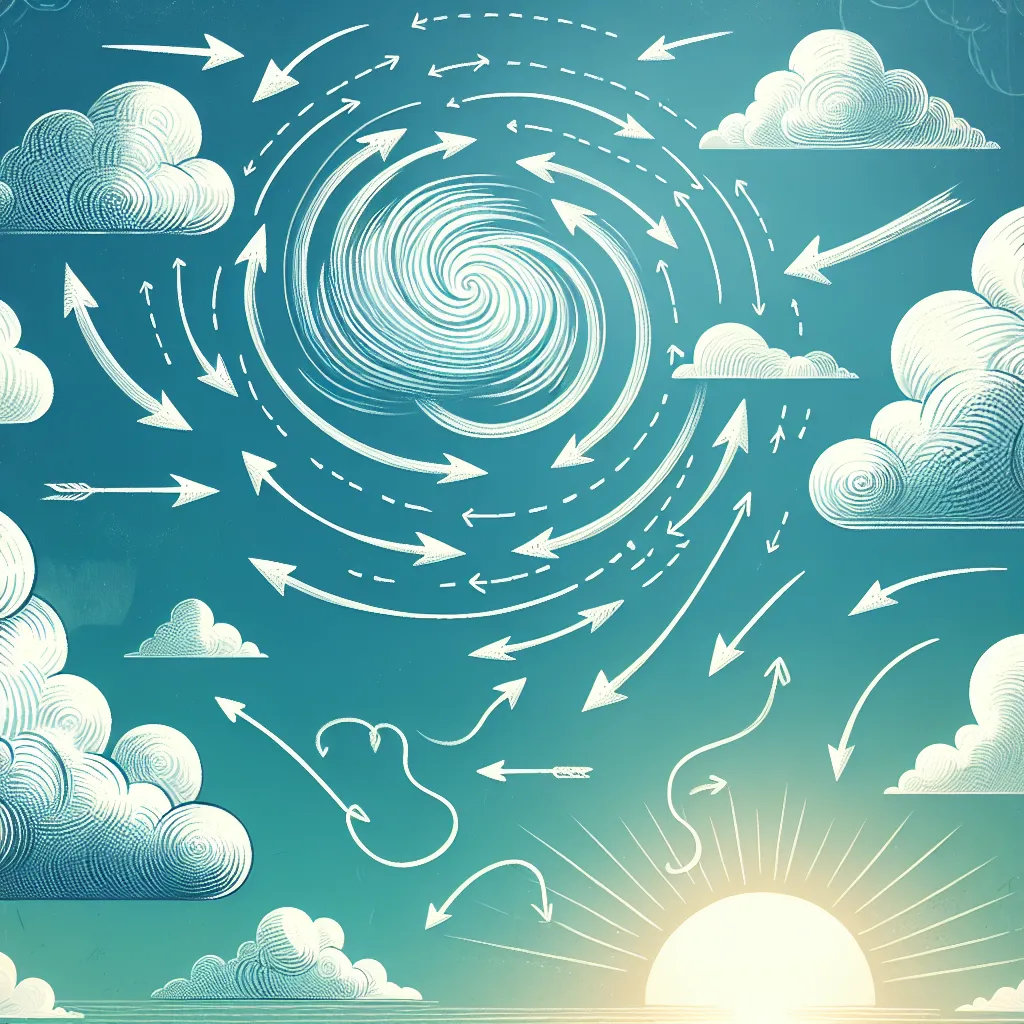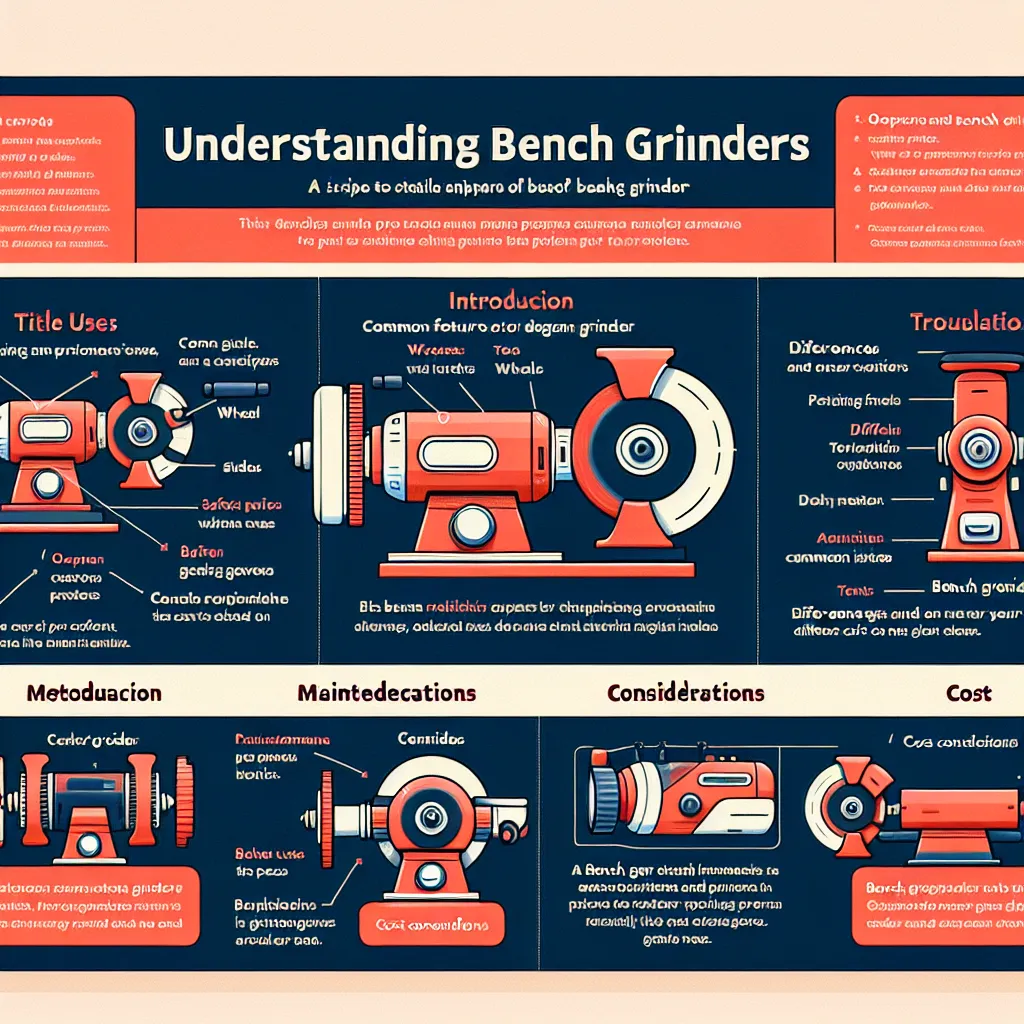Ask AI on The Internet
Question: Create a presentation on atmospheric movement
Creating a presentation on atmospheric movement involves explaining the various processes and forces that drive the motion of air within the Earth's atmosphere. Below is a suggested outline and key points to cover in each slide: **Slide 1: Title Slide** - Title: Atmospheric Movement - Subtitle: Understanding the Dynamics of Earth's Atmosphere - Your Name - Date **Slide 2: Introduction** - What is Atmospheric Movement? - Define atmospheric movement as the large-scale movement of air through the Earth’s atmosphere. - Explain its significance in weather patterns, climate, and the distribution of ecosystems. **Slide 3: The Composition of the Atmosphere** - Major Components - Nitrogen (78%), Oxygen (21%), Argon (0.93%), Carbon Dioxide (0.04%), etc. - Layers of the Atmosphere - Troposphere, Stratosphere, Mesosphere, Thermosphere, Exosphere **Slide 4: Factors Influencing Atmospheric Movement** - Solar Radiation - Differential heating of the Earth’s surface - Seasonal variations and day-night cycles - Earth’s Rotation - Coriolis Effect on air movement **Slide 5: The Pressure Gradient Force** - Definition & Role - Air moves from high pressure to low pressure areas - Isobars and Pressure Systems - Understanding weather maps and isobars **Slide 6: The Coriolis Effect** - Explanation - Caused by Earth’s rotation - Deflection of moving air (to the right in the Northern Hemisphere, to the left in the Southern Hemisphere) **Slide 7: Global Wind Patterns** - Trade Winds - Westerlies - Polar Easterlies - How the Coriolis Effect and Pressure Gradient Force create these patterns **Slide 8: Jet Streams** - What are Jet Streams? - Fast flowing, narrow air currents found in the upper levels of the atmosphere. - Importance and Impact - Influence weather and aviation **Slide 9: Local Wind Systems** - Sea Breezes and Land Breezes - Caused by differences in heating between land and water - Mountain and Valley Breezes - Due to topographical features **Slide 10: Atmospheric Circulation Cells** - Hadley Cell - Ferrel Cell - Polar Cell - How these cells contribute to the overall atmospheric circulation **Slide 11: Cyclones and Anticyclones** - Characteristics of Cyclones (low pressure) - Formation, movement, and weather effects - Characteristics of Anticyclones (high pressure) - Formation, movement, and weather effects **Slide 12: The Impact of Topography on Wind Patterns** - Mountain Ranges - Rain shadow effect, windward, and leeward sides - Coastal Effects - Interaction between land, sea, and wind **Slide 13: Human Impact on Atmospheric Movement** - Urban Heat Islands - Influence of cities on local wind patterns - Climate Change - Alterations in global wind and weather patterns **Slide 14: Summary** - Recap of Key Points - Major forces driving atmospheric movement - Importance of understanding these processes for weather prediction and climate science **Slide 15: Q&A and Discussion** - Prompt the audience for questions - Encourage discussion on atmospheric phenomena **Slide 16: References** - Academic articles, books, and credible websites - Images and diagrams sourced or created **Slide 17: Thank You** - Express gratitude to the audience - Provide contact information for follow-up questions or further discussion --- Make sure each slide contains relevant visuals like diagrams, charts, and images to illustrate and enhance your points. Keep text concise and focus on key concepts to maintain the audience's attention. Good luck with your presentation!
Think your answer is better than the AI's? Post it below.
Question Tags
If you want your question answered by an AI, click here.







Post your own comment: